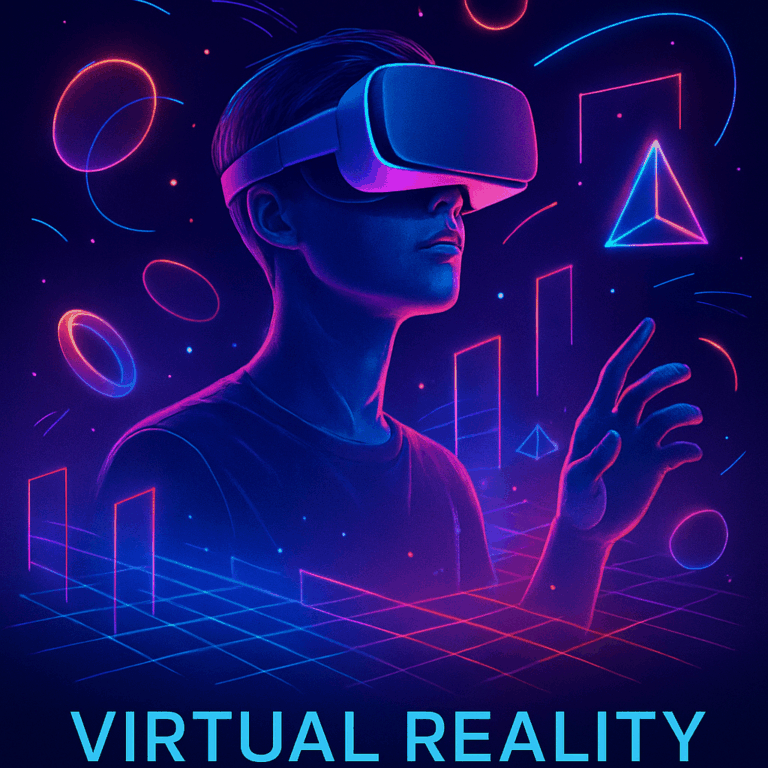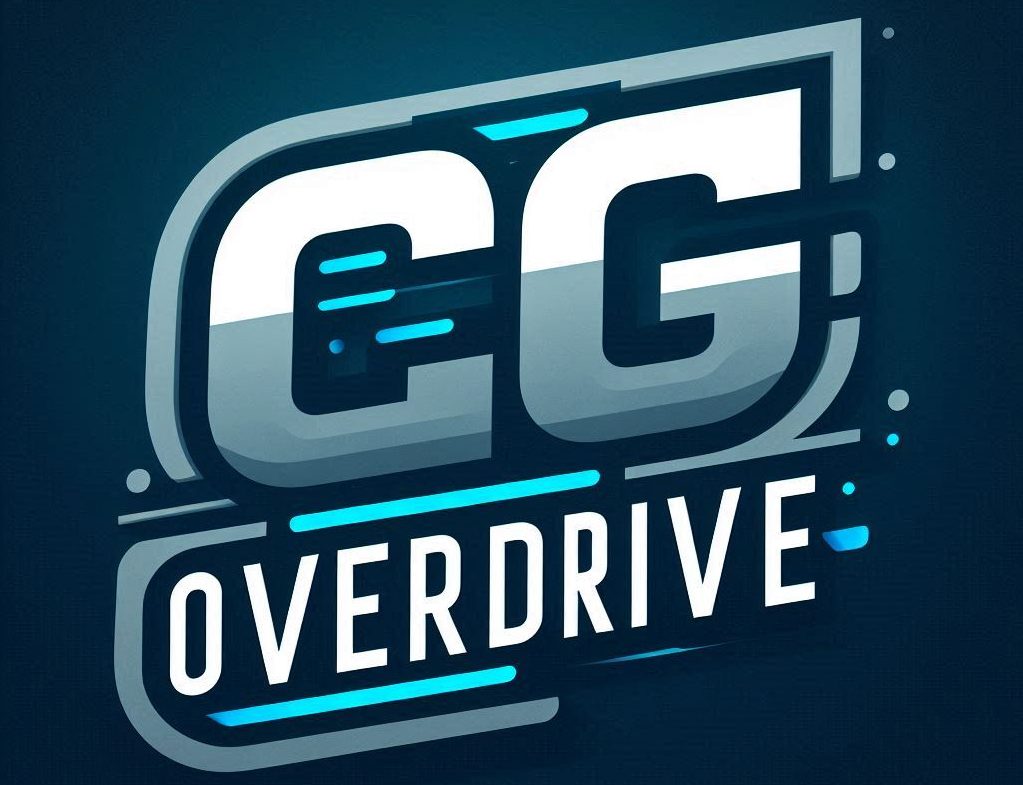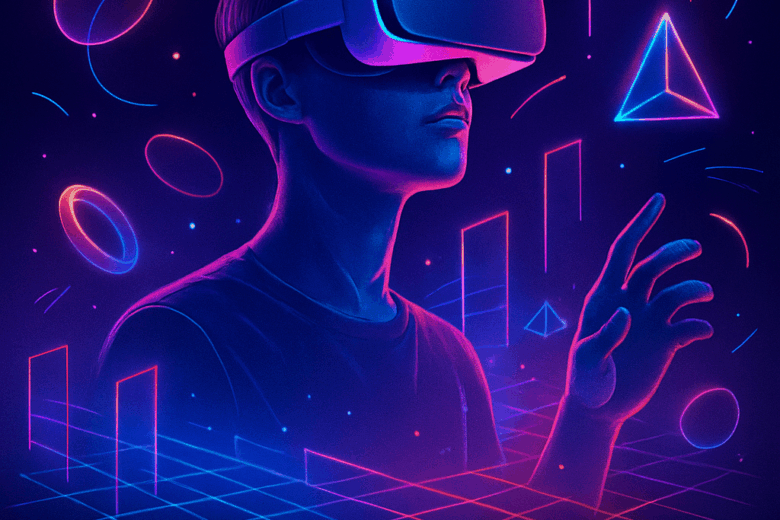Virtual Reality (VR) stands at the cutting edge of the computer graphics industry, transforming how we perceive and interact with digital environments. The fusion of advanced computer graphics with immersive VR technology is rewriting the rules of storytelling, gaming, and visualization. For creators and technologists in computer graphics, VR offers unprecedented opportunities to innovate, engage audiences, and redefine realism in virtual spaces. Understanding the technical underpinnings and creative potential of VR is essential for anyone invested in the future of CG-rich experiences.
Why Virtual Reality is a Game Changer for Computer Graphics
Virtual Reality elevates computer graphics beyond flat screens, providing a fully interactive, 360-degree, three-dimensional experience. Unlike traditional CG that is confined to monitors or projectors, VR envelopes the user inside the graphics, offering depth perception, spatial audio, and real-time responsiveness to user actions.
Key distinctions in VR graphics:
– **Stereoscopic Rendering:** Generates two slightly offset images for each eye to create depth perception.
– **High Frame Rates:** Essential to maintain immersion and avoid motion sickness; typically 90fps or higher.
– **Low Latency Tracking:** Minimizes lag between user movement and visual updates, preserving a seamless experience.
– **Real-time Lighting and Shading:** Dynamic environments require GPU-intensive techniques like global illumination and physically-based rendering (PBR) optimized for VR.
These technical demands push the boundaries of how computer graphics are generated, optimized, and presented. Developers and artists must reimagine every asset—textures, models, animations—to maintain realism without sacrificing performance.
Essential Tools and Techniques in VR Computer Graphics
Navigating the VR landscape requires mastery over specialized tools and workflows designed to handle its unique constraints and potentials.
1. **Game Engines as VR Platforms**
– Unity and Unreal Engine dominate VR development, offering robust support for VR devices, physics simulation, and graphical fidelity.
– Both engines incorporate tools for stereoscopic rendering, VR input mapping, and performance profiling.
2. **Optimization Strategies**
– **Level of Detail (LOD):** Dynamically reducing model complexity for distant objects maintains frame rates.
– **Occlusion Culling:** Prevents rendering of objects outside the viewer’s field of vision.
– **Foveated Rendering:** Tracks the user’s gaze to render high resolution only where the eye focuses, saving GPU resources.
3. **3D Asset Creation**
– High-fidelity 3D scanning and photogrammetry offer realistic assets, critical for VR’s demand for natural environments.
– Real-time shaders and physically-based materials contribute to lifelike textures that respond convincingly to light changes.
4. **Spatial Audio Integration**
– Computer graphics extend beyond visuals; spatialized audio techniques enhance realism by simulating how sound waves interact with the environment and user position.

Challenges Innovators Face in VR Graphics
Creating truly immersive VR experiences is not without hurdles. Developers often grapple with:
– **Performance vs. Visual Quality Trade-Offs:** The need for fluid frame rates limits polygon counts and texture resolutions.
– **Hardware Fragmentation:** Diverse VR devices come with varying display qualities, field of view, and input methods.
– **User Comfort:** Motion sickness caused by mismatches in visual and vestibular systems necessitates careful design of movement mechanics and visual cues.
Overcoming these requires a blend of deep technical skill, creative problem-solving, and user-centered design.
Practical Advice for Aspiring VR CG Artists and Developers
Whether you’re a CG artist, programmer, or designer aiming to break into the VR arena, focusing on both technical mastery and experiential design is key.
– **Specialize in Real-time Rendering:** Gain command over shaders, lighting models, and performance profiling specific to VR.
– **Master VR Design Principles:** Prioritize user comfort by designing intuitive navigation, minimizing sudden accelerations, and maintaining consistent frame rates.
– **Stay Device-Agnostic:** Develop assets and code that can adapt to different VR headsets and controllers to maximize reach.
– **Collaborate Cross-Disciplinarily:** VR projects blend art, programming, sound, and hardware; fostering synergy across teams accelerates innovation.
– **Experiment with Emerging Tech:** Follow advances in inside-out tracking, hand tracking, and AI-driven content creation to elevate VR graphics.
VR Use Cases Driving Innovation in Computer Graphics
– **Gaming:** VR gaming pushes graphical realism and interactivity higher, delivering immersive narratives and novel gameplay mechanics that rely on precise spatial awareness.
– **Training and Simulation:** Real-time photorealistic computer graphics enable industries like aviation, medicine, and military to create high-stakes practice environments.
– **Virtual Production:** Integrating real actors with virtual sets using VR-powered computer graphics accelerates filmmaking workflows and sparks creative techniques.
– **Social VR and Metaverse:** Crafting persistent, believable digital worlds with avatar customization, lighting effects, and environment design depends heavily on advanced VR computer graphics.
| Use Case | Graphics Focus | Unique VR Requirements |
|---|---|---|
| Gaming | Dynamic environments, character animations | Low latency input, interactive feedback |
| Training & Simulation | High realism, accurate physics | Reliable tracking, safety-focused UX |
| Virtual Production | Lighting integration, real-time compositing | Synchronization with live camera feeds |
| Social VR | Avatar realism, world persistence | Network optimization, multi-user support |
Future Trends in VR Computer Graphics
1. **AI-Enhanced Content Creation:** Machine learning tools increasingly automate asset generation, scene optimization, and even animation, dramatically accelerating VR development cycles.
2. **Ray Tracing in VR:** As hardware improves, real-time ray tracing will bring unprecedented lighting realism to VR, further closing the gap between virtual worlds and reality.
3. **Haptic and Multisensory Integration:** Combining advanced computer graphics with sophisticated haptics and smell/taste sensors will deepen immersion.
4. **Cloud Streaming:** Cloud-based rendering of VR worlds will enable devices with minimal local resources to deliver high-end visual fidelity.
5. **Expanded Social VR Experiences:** Immersive CG worlds supporting deeper interpersonal connections will redefine online interaction and entertainment.
Empowering Your VR Journey in Computer Graphics
The VR revolution presents a thrilling frontier for CG professionals to push artistic and technological boundaries. Dive into VR with curiosity and rigor: experiment boldly with new tools, optimize relentlessly, and design experiences centered on human perception and comfort. By mastering the intricate dance between high-performance real-time graphics and intuitive interactivity, you become part of an industry shaping how millions experience digital reality.
“Virtual reality is the first step in a grand adventure into the landscape of the imagination.” — Frank Biocca
Harness the power of computer graphics to create that landscape. Your next masterpiece could be the virtual world that redefines storytelling, gaming, or education for generations to come.

